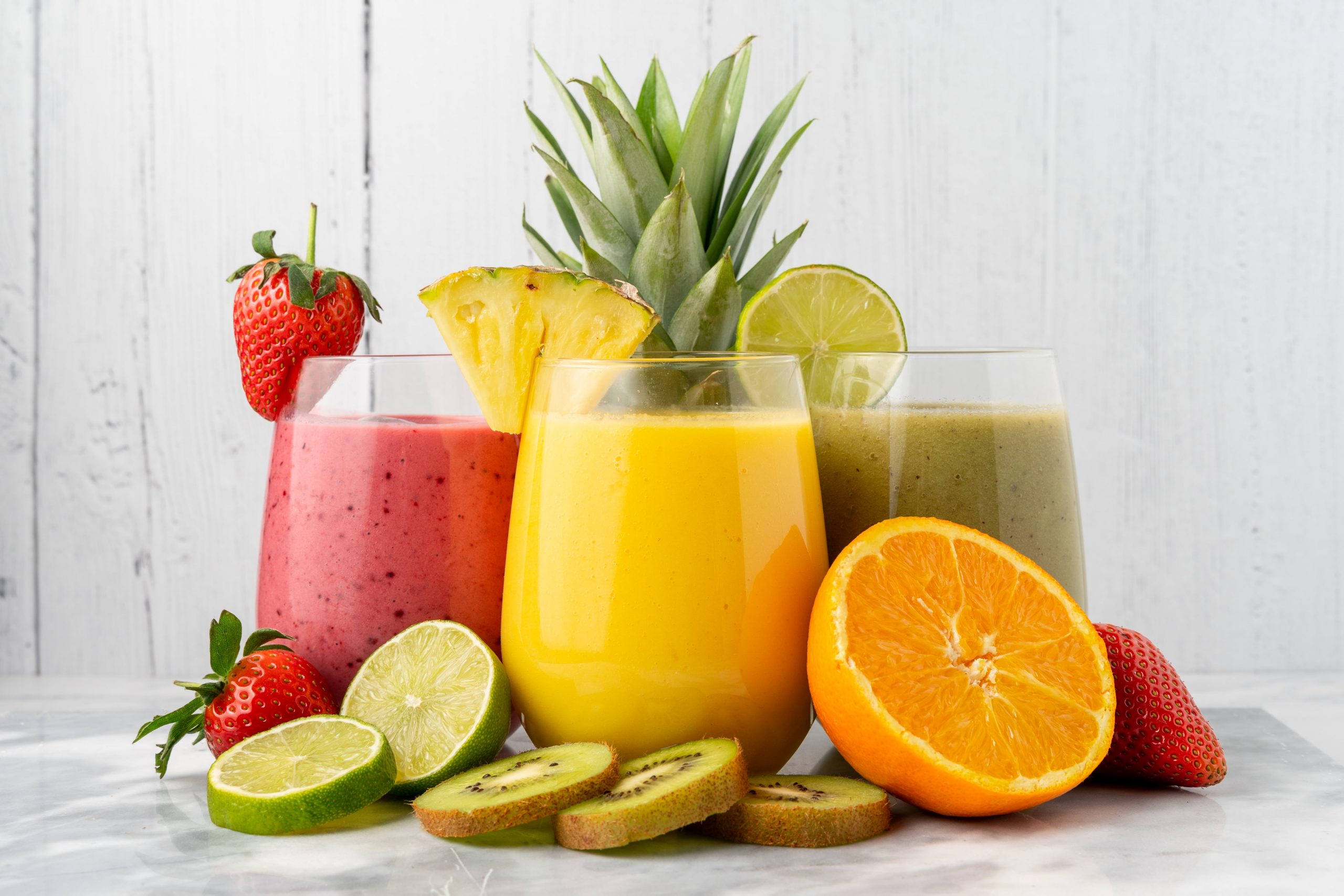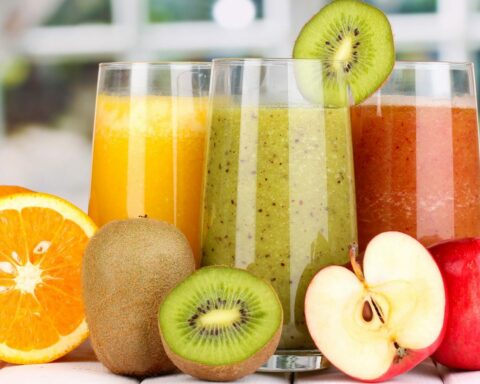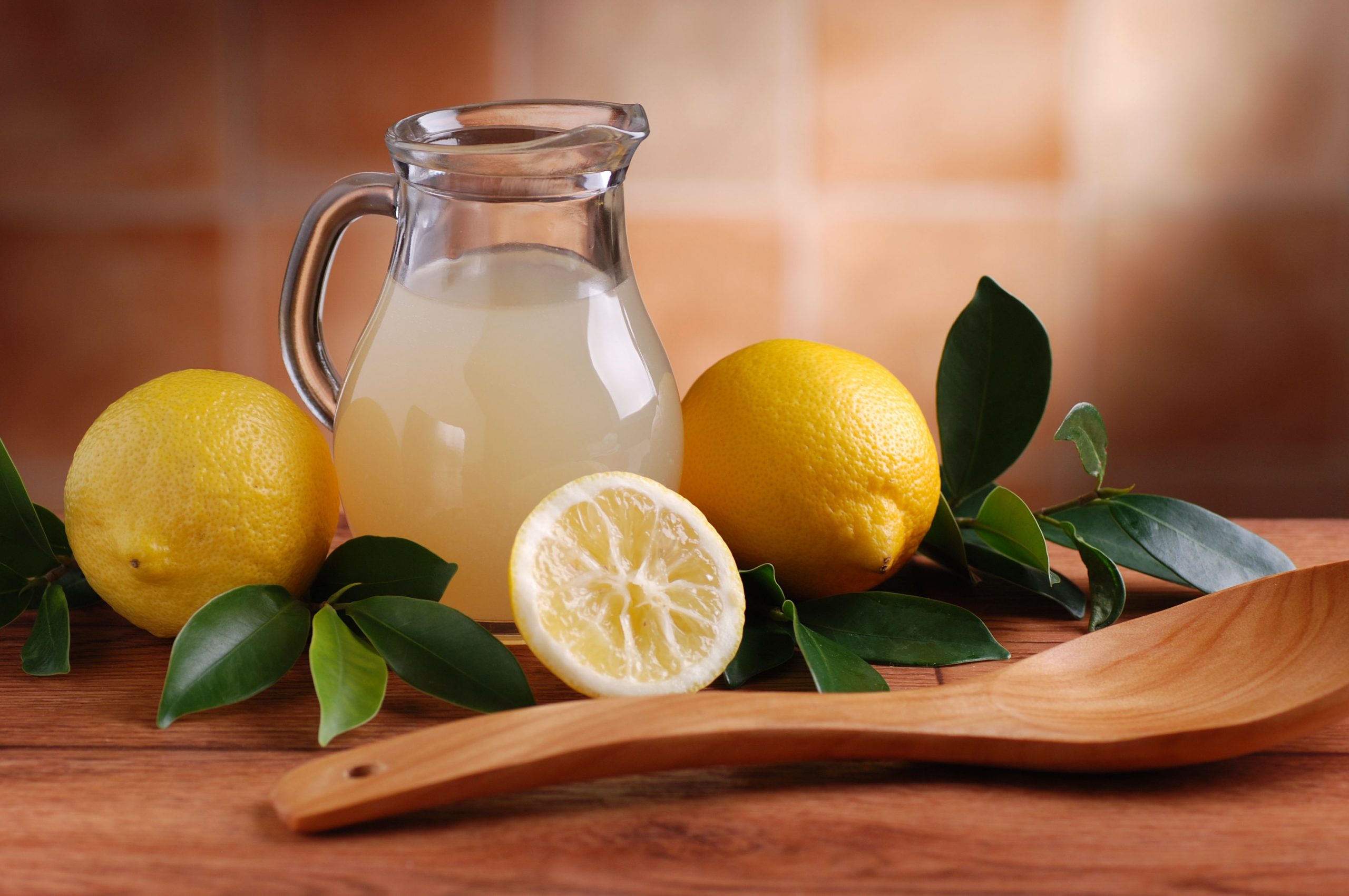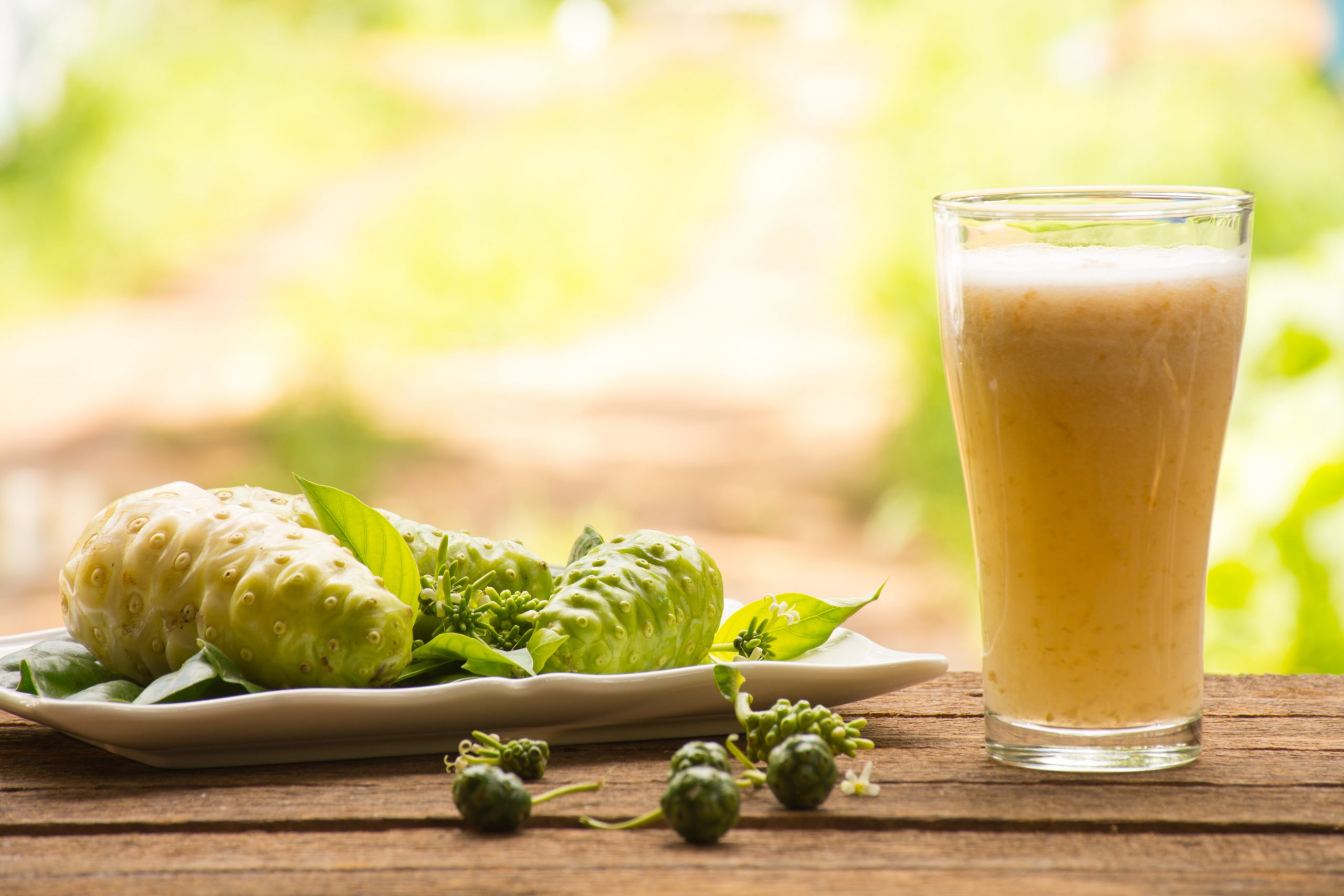Juice offers a convenient way of getting the nutrients that are in the whole fruit. Carrying fruits around may be hard, but blending them into juice and carrying it in a bottle is easy. But is appears that not all juices are healthy.
Many people enjoy fruits in different ways, making juice out of them being common. However, this is not a common practice among health-conscious people. Juice is a beverage that has been met with a lot of controversies. Speaking of its healthiness, apparently people are divided. One cohort think of it as a drink that packs high sugar, while the other celebrate it for its rich nutritional profile. This article discusses 7 healthiest types of juice you can add to your diet.
1. Cranberry
Cranberry juice bright red with a tart flavor and incredible benefits. As per the United States Department of Agriculture (USDA) database, one cup of cranberry juice provides 116 calories, 1 g of protein, 31 g of carbs, 0.25 g of fiber, 31 g of sugar, 4 percent of the recommended daily value (RDV) for potassium, 26 percent of the RDV for vitamin C, 20 percent of the RDV for vitamin E, and 1 percent of the RDV for vitamin K. Cranberry juice has other health benefits, the common one being its ability to prevent urinary tract infection (UTI). Studies indicate that cranberry juice can reduce the risk of UTI by 32 percent. The juice also contains high amounts of antioxidants, including procyanidins, flavonols, anthocyanins, vitamin C, and vitamin E, all of which can help protect your cells against free radical damage.
2. Tomato
Besides being used as an important ingredient in the kitchen, tomato is a fruit that can be enjoyed on its own. Many people think of tomato as a vegetable, but botanically it’s a fruit. As per the USDA database, one cup of tomato juice provides 41 calories, 2 g of protein, 9 g of carbs, 1 g of fiber, 6 g of sugar, 12 percent of the RDV for folate, 11 percent of the RDV for potassium, 6 percent of the RDV for vitamin A, 189 percent of the RDV for vitamin C, 5 percent of the RDV for vitamin E, and 5 percent of the RDV for vitamin K. Tomato juice provides nearly twice your daily vitamin C needs – a powerful antioxidant that improves the absorption of iron, improves skin health, and boosts your immune system.
The bright red color of tomatoes is due to high amount of lycopene, which is an antioxidant and a carotenoid. Studies indicate that lycopene may help improve your heart health and lower your risk of stroke. It is thought that it can lower the risk of heart disease by 13 percent. It is worth mentioning that tomato juice is high in salt, which may significantly increase your risk of high blood pressure if consumed in excess.
3. Beet
Beet juice has risen to superfoods recently. Its popularity is linked to its health benefits. You only need to blend beets and water to have your beet juice. The USDA database states that one cup of beet juice contains 70 calories, 1 g of protein, 18 g of carbs, 1 g of fiber, and 13 g of sugar. Since it’s a vegetable, beet juice is considerably low in sugar. Same to tomatoes, betalains are a compound that gives beets their deep-red color. They are characteristically antioxidants, with the ability to lower the risk of heart disease, certain types of cancer, and inflammation. In addition, beet juice contains high amounts of inorganic nitrates, which have been found to increase athletic performance, lower blood pressure, and reduce the risk of heart disease.
4. Apple
Apple juice is one of the healthiest and most popular fruit juices around the world. As per the USDA database, one cup of apple juice contains 114 calories, less than 1 g of protein, 28 g of carbs, 0.5 g of fiber, 24 g of sugar, 5 percent of the RDV for potassium, and 3 percent of the RDV for vitamin C. Apple juice provides potassium, a mineral and an electrolyte that is important for transmission of nerve impulses and improved heart health. Given that apple juice is low in vitamin, the brands made for commercial purposes are enriched with vitamin C, delivering up to 106 percent of the RDV per cup. The juice is also high in antioxidants, particularly flavonoids and chlorogenic acid, which can help prevent damages caused by free radicals.
5. Prune
Prunes another healthiest type of juice you can add to your diet. As per the USDA database, one cup of prune juice contains 182 calories, 1.5 g of protein, 45 g of carbs, 2.5 g of fiber, 42 g of sugar, 17 percent of the RDV for iron, 9 percent of the RDV for magnesium, 17 percent of the RDV for manganese, 15 percent of the RDV for potassium, 14 percent of the RDV for vitamin B2, 13 percent of the RDV for vitamin B3, 33 percent of the RDV for vitamin B6, 12 percent of the RDV for vitamin C, 8 percent of the RDV for vitamin K. Prune juice provides a variety of B vitamins, which supports metabolism, synthesize DNA, increase the production of red blood cells, as well as improving skin and eye health. Additionally, prune juice can help treat constipation in older adults.
6. Orange
Orange juice can be taken as early as part of a classic breakfast. As per the USDA database, one cup of orange juice contains 112 calories, 2 g of protein, 26 g of carbs, 0.5 g of fiber, 21 g of sugar, 19 percent of the RDV for folate, 11 percent of the RDV for potassium, and 138 percent of the RDV for vitamin C. Orange juice is high in vitamin C, which improves absorption of iron and skin health. The juice also contains phenolic compounds, such as chlorogenic, ferulic, and cinnamic acids, all of which can prevent damages caused by free radicals.
Conclusion
Taking juice can significantly pack various nutrients, more so antioxidants. While some argue that juice is high in sugar, it is actually a better and healthier alternative for beverages with added sugars. You can try making juices in this article and enjoy them at your convenience.
- FDC – Giejo Magazine Article - July 29, 2023
- MoriMa Tea the – Chinese tea culture - April 26, 2023
- Missionary Position – Least Likely To Bring You To Climax - April 7, 2023









